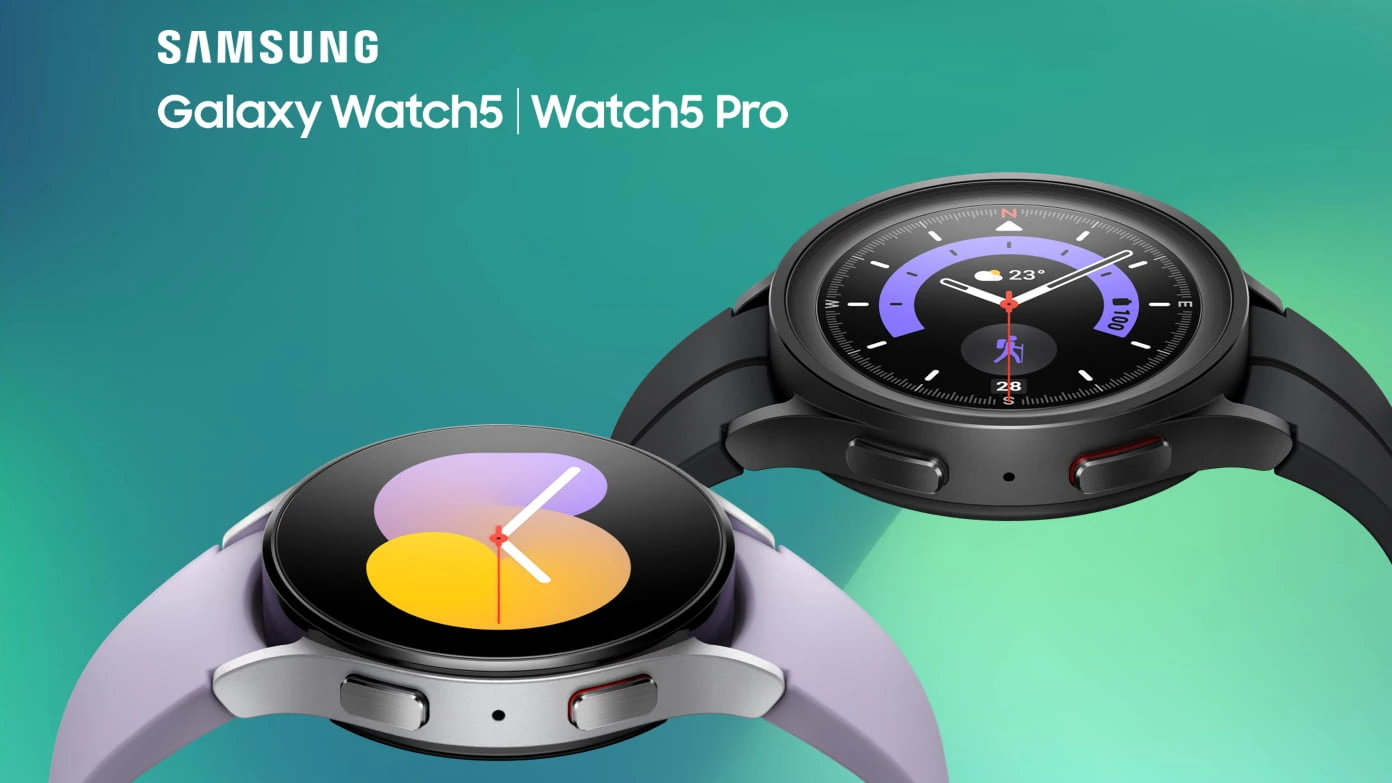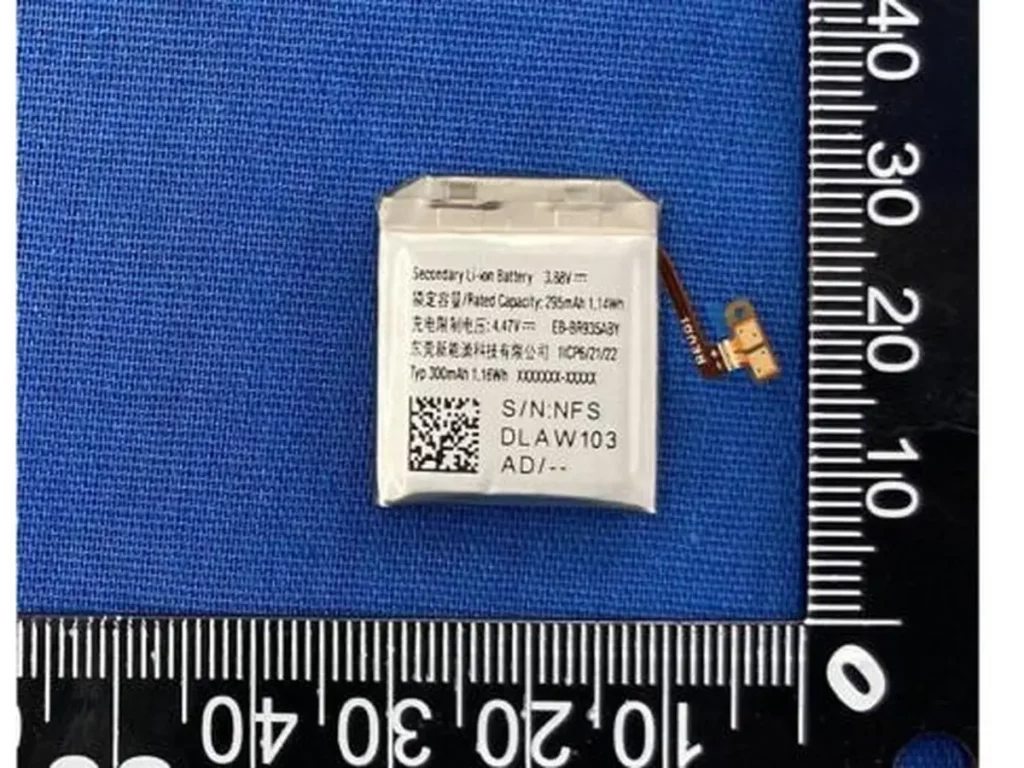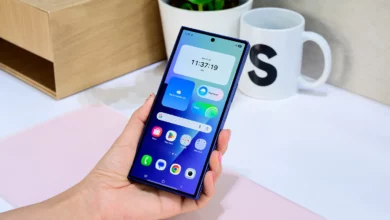Galaxy Watch 6 to have larger battery than the Watch 5

The South Korean tech conglomerate Samsung manufactures smartwatches as well, along with smartphones and other hardware components. The company currently has five generations of its Galaxy Watch series and has now started working on its next-gen series as well. About this future Galaxy Watch 6 series, we have already started to get rumors, whether it is about the curved display or about the battery, which has been found recently.
The Galaxy Watch 6 will get a slightly improved battery
As per the reports, Samsung’s soon-to-be-launched Galaxy Watch 6 series will get some enhancements in its battery. In particular, this new series will have a larger battery fraction than the predecessor series Galaxy Watch 5. Informatively, the 40mm model of this series, with model number SM-R93x, will have an EB-BR935ABY product code battery. Specifically, this model will have a 300mAh battery, or we can say 295mAh rated capacity.
Samsung Galaxy Watch 4 and Watch 5 getting new firmware in the US
The other 44mm model, which has the model number SM-R94x, will feature an EB-BR945ABY product code battery. In specific, it will use a 425mAh advertised capacity battery, which refers 412mAh rate capacity. Let us tell you, the previous Galaxy Watch 5’s 40mm and 44mm models had 284mAh and 410mAh advertised capacity batteries, which refers to the rated capacity of 276mAH and 397mAh, respectively.

Besides these, there is confusion regarding the pro model of the Galaxy Watch 6 series, whether it will come or not, but if it makes its way to the market, its battery capacity will surpass 600mAh maybe, which will be more than the rest two models. Other than battery capacity, there were some reports about this series getting a curved display also came to the fore; if you want, you can check them out here.



